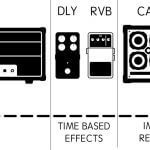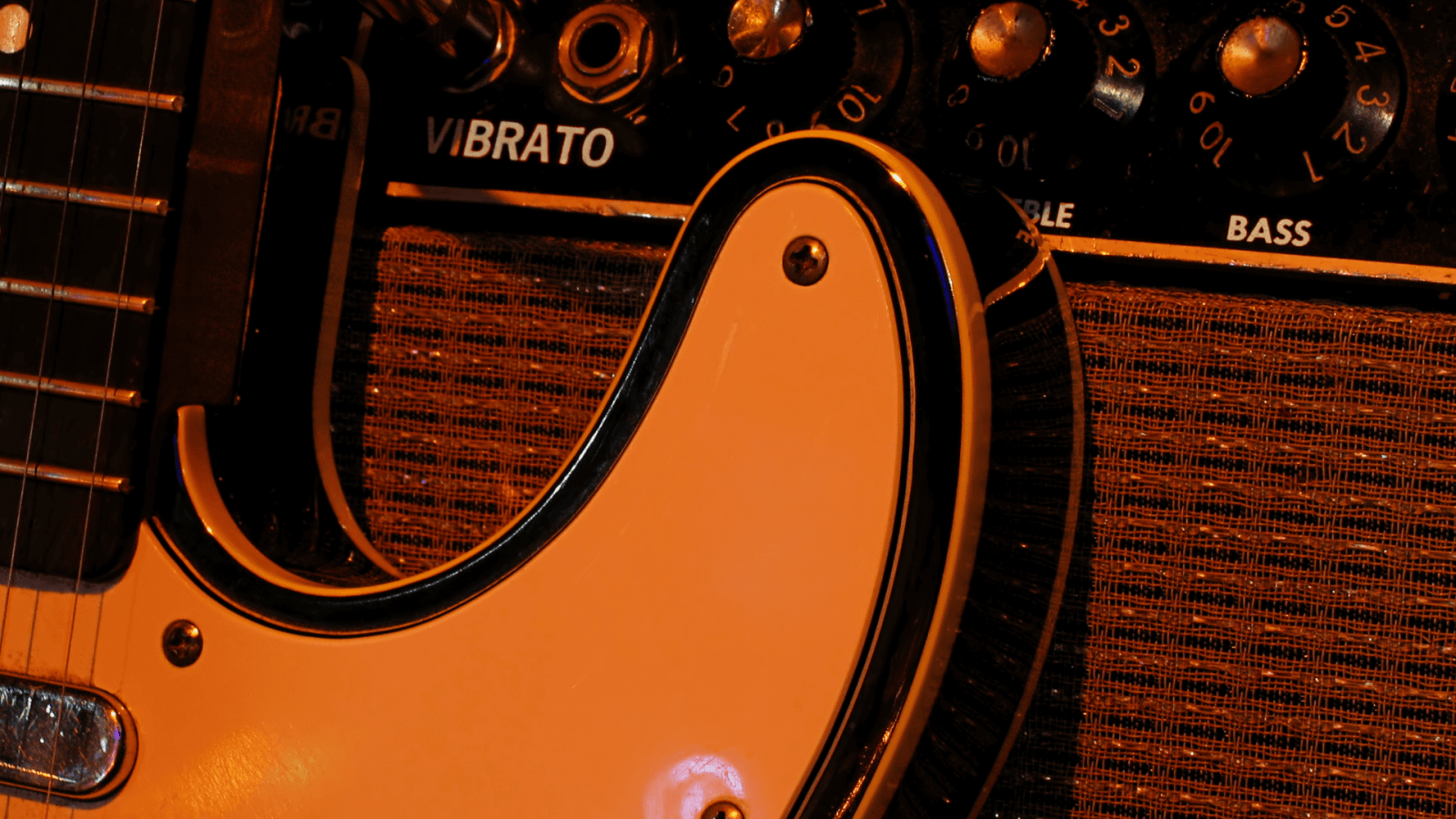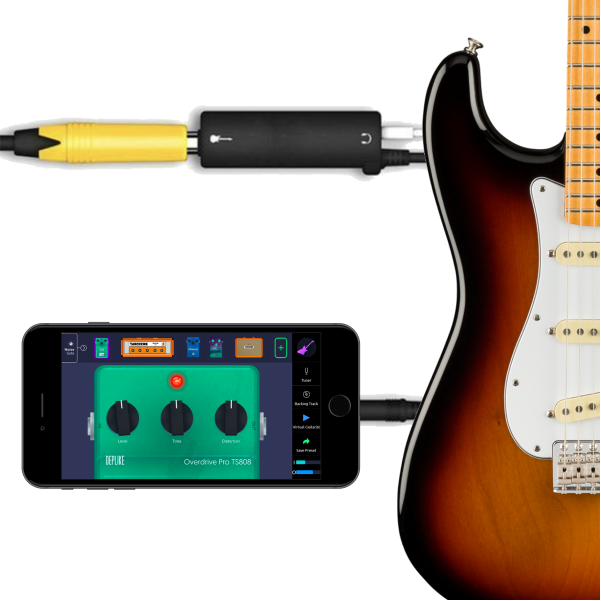The World of MIDI
“MIDI is a technical standard that describes a protocol, digital interface, and connectors and allows a wide variety of electronic musical instruments, computers and other related devices to connect and communicate with one another. A single MIDI link can carry up to sixteen channels of information, each of which can be routed to a separate device.”
There’s a misconception about the use of MIDI. It is often referred to describe 8-bit video game sounds, artificial drums etc. But the truth is that MIDI is just a language, not a sound.
This language may enable the communication between a tube amp and a DAW such as Cubase. Even between your smartphone and your soft synth inside the DAW.
So, what can this language convey between devices?
The most basic type of message that MIDI carries is “note on” information. That means when a note on the message received by a device, that devices trigger a sound inside its library until a “note off” message received. Inside this message, there are 3 types of information.
- Channel information. Determines who is going to listen to this message. (1-16)
- Pitch information. Determines which note will be played. (0-127)
- Velocity information. Determines how loud that note will be played. (0-127)
The second type is the Program Change message. This message can switch presets/channels in any MIDI compatible device. You can change your Pod preset with this message or you can change the channel of MIDI-capable tube amp such as ENGL Invader. It has the same 3 information inside the message.
I think the most exciting type of MIDI message is “Control Change”. With this message, you can continuously control any parameter inside the MIDI capable software or hardware. You can adjust your delay time, distortion amount, reverb mix, anything you can think of, on-the-fly, with this message.
So the question is who is transmitting and who is receiving?
A midi controller usually sends messages. It can be a floor pedal or a desktop unit.
A processor or an amp usually listens to MIDI or sends it thru.
A software inside a computer or a smart device usually does both. It sends and receives MIDI.
Best uses for guitar players
You can have a floor MIDI controller to control your amp settings, processor, effect parameters and your sequencer at the same time. Which means that, on a live situation, with a tap of a button, you can change your preset, on and off a pedal, ease in your gain amount into the intro and start the intro of a song with a click track.
The extreme scenario would be like this. A computer with an instance of a Cubase project working behind sits on the stage. Every device is connected to this computer via MIDI either with its cable or wirelessly. Cubase starts the intro of the song, sends click track to drummer’s ears, syncs every time-based effects which are used by guitarists and vocals, changes presets and effect parameters automatically during the song so that every musician can focus on their performance, not their equipment. This MIDI map can be put together like a regular song project during the rehearsal and be saved to use over and over again so that every performance can sound like the recorded album.
The high tech approach could be like this. A phone with this MIDI map can control everything wirelessly. Oops, I said too much…






